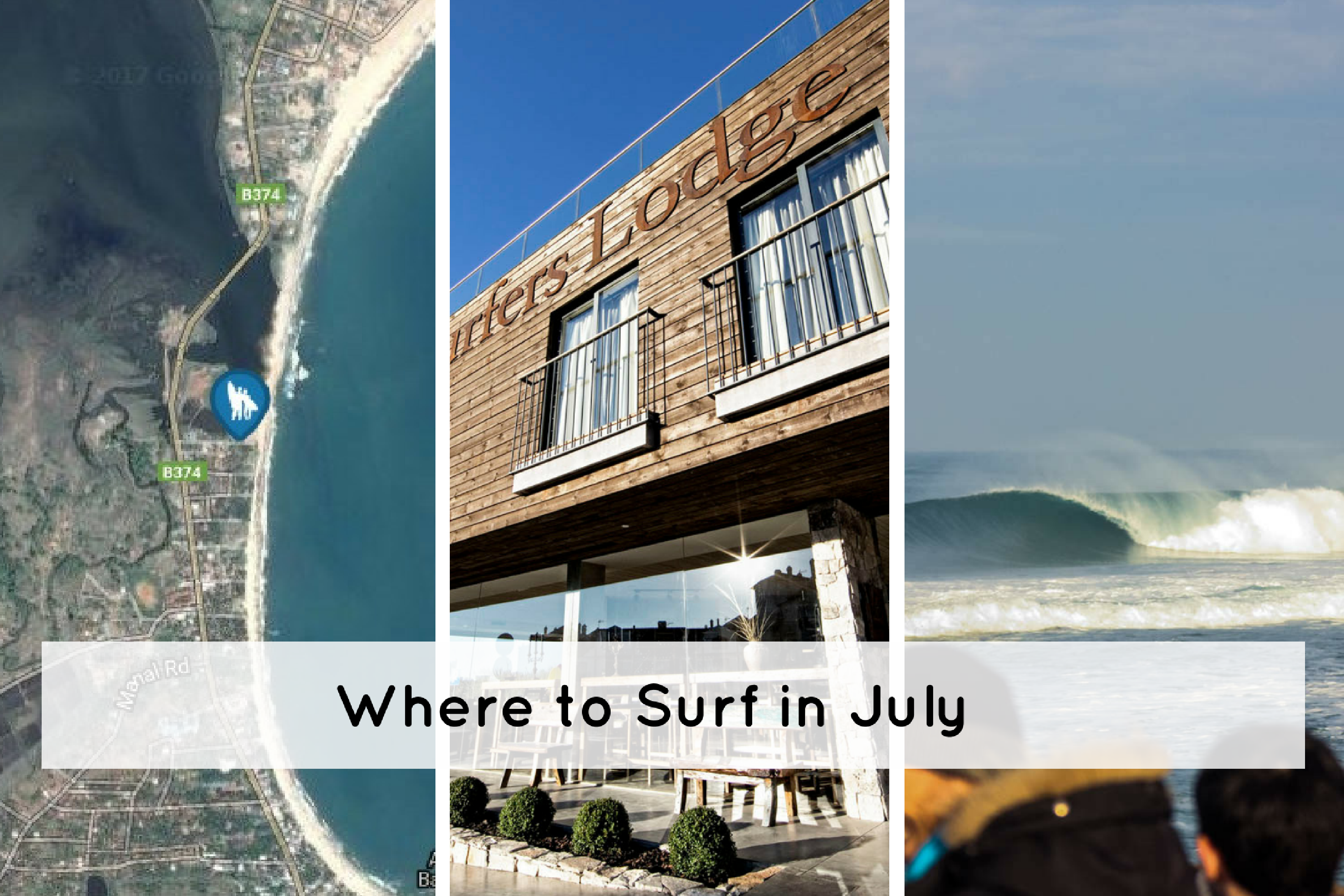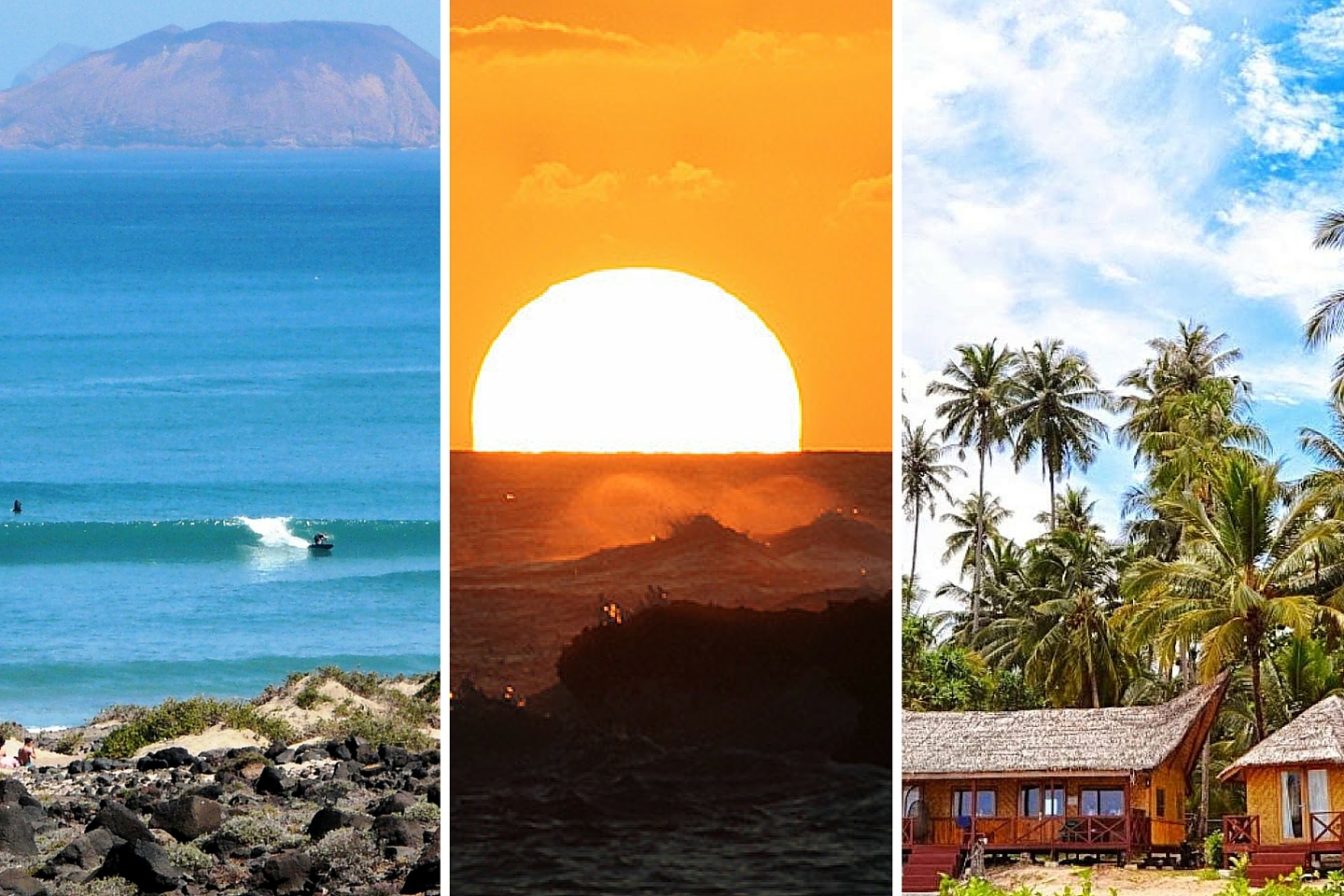
There is something very special about buying your first surfboard and that feeling of freedom that you could surf whenever you want. Your surfboard will provide you with seemingly endless hours, days, weeks, months, and maybe even years, of joy in the surf. The feelings of deep satisfaction and excitement that owning a board inspire us to plan surf trips, holidays, and a lot of adventures.
Over the next few weeks we are going to look at the different types of surfboards available, give you the run down on what they do, and why you should invest in one of your own… This week we kick off with the absolute classic of surfboards: the longboard.
Imagine paddling out on your longboard over crystal clear glassy waters at sunset in Hawaii. The surf is mellow, the waves are warm, and the sky is a myriad of neon colours… there's little wonder that the ancient Hawaiians loved surfing so much that they were to inspire the world as they upheld the tradition for over a millennium. Originally brought to Hawaii by Polynesian explorers, for centuries everyone from peasants to royalty surfed on longboards. The massive wooden boards would reach anything up to 30 foot in length and be extremely heavy due as they were carved from solid wood, however they could easily catch waves so made the sport accessible to everyone.


Surfing has grown from strength to strength since the 1900s when legendary Olympic swimmer and Hawaiian Duke Kahanamoku toured the world introducing the sport of surfing. As longboards evolved, and began to be made of plywood in the 1920s, and then the super light Balsa wood in the 1950s, the sport became even more accessible to ocean lovers. The plywood boards varied in length between 15-20 feet, but the Balsa wood boards started to resemble the boards we know today as they were on average about 10.5 feet in length. With its ever growing popularity the plywood and balsa wood longboards were an easy option to get people up and riding quickly, whilst still challenging enough to keep people enticed in order to perform more complex manoeuvres such as ‘hang ten' or ‘hang five' where the rider walks to the end of the board and places either ten or five toes over the end of the nose.

However, the longboard's real turning point was when the combination of polyurethane foam and fibreglass was discovered. Boards became a lot lighter, and shorter enabling people of all ages and abilities to play in the water. Modern day longboards vary between 8 to 12 feet in length on average, and come in a variety of slightly different shapes. One of the most significant alterations that can be made to a longboard is its fin set up.
Traditionally longboards should only have one large fin in order to stabilise its line in the water, and enable smooth turns. However it is entirely possible to have to ‘stabilising' extra fins, like a shortboard thruster, to help generate speed and balance. The shape of the longboard itself can also vary depending on the type of waves the board is designed for. One of the most common types of longboard is the Malibu, so called due to its popularity in Malibu, California. Beginner surfers will often start their surfing career on a ‘mini mal', a shortened version of a Malibu longboard, as it is so easy to catch waves on this type of board.
Traditionally longboards should only have one large fin in order to stabilise its line in the water, and enable smooth turns. However it is entirely possible to have to ‘stabilising' extra fins, like a shortboard thruster, to help generate speed and balance. The shape of the longboard itself can also vary depending on the type of waves the board is designed for. One of the most common types of longboard is the Malibu, so called due to its popularity in Malibu, California. Beginner surfers will often start their surfing career on a ‘mini mal', a shortened version of a Malibu longboard, as it is so easy to catch waves on this type of board.
However there is still something to be said for a classic Balsa wood longboard, and there is many a traditionalist who will still invest in a wooden board, or maybe even with a glazed in single fin. The only way to find out if long boarding is your passion is to try out different boards. Longboarding is a very different sport to shortboarding, so have fun playing on different boards before you actually buy one. However, if you find yourself loving the gliding and mellow ride of a longboard, it won't be long til you will be buying a new car or van to accommodate transporting your baby about.
Check out pro surfer Kassia Meador riding her longboard to encapsulate the beauty of the longboard.
Check out pro surfer Kassia Meador riding her longboard to encapsulate the beauty of the longboard.




 Francesca Bingley
Francesca Bingley






